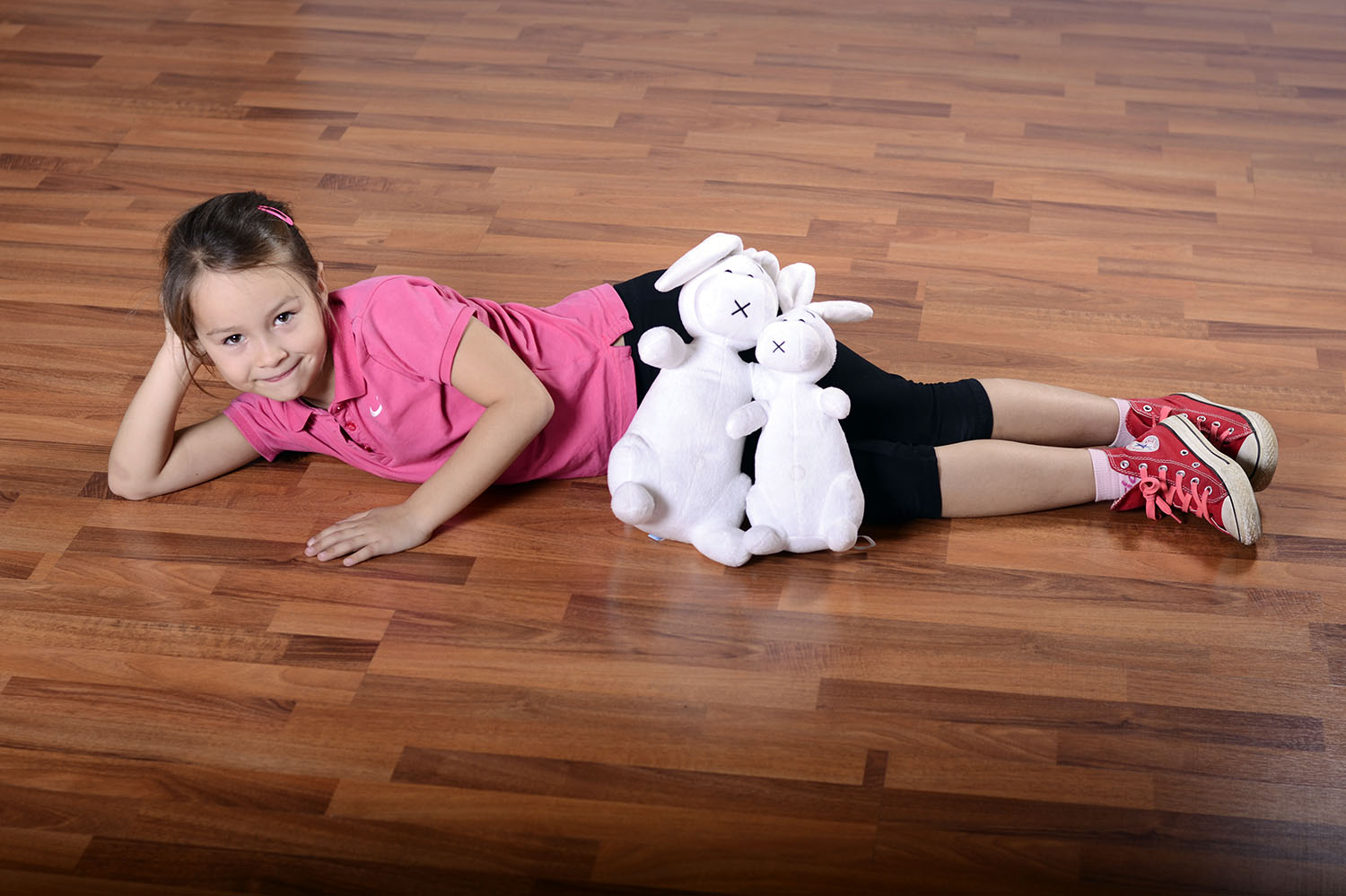Physical activities for prevention and health promotion – summary
Which kind of physical activities can we consider as health promoting? Those which help to optimize one’s bio-psycho-social well-being.

From a biological (physiological) point of view activities which positively affect the components of health-oriented fitness should be chosen.
The primary aim of muscle fitness and flexibility is not maximum muscle strength, muscle endurance or above-standard range of movement, but flexibility of joints and optimal firmness of muscles and insertions, which manifest themselves in muscle balance. That is why we should choose appropriate toning and stretching exercises focused on those groups of muscles which have a tendency to weaken and shorten. Activities which evenly engage muscles in the whole body are also suitable as well as particular strengthening and stretching exercises for which we need only 10 to 15 minutes a day.
The main aim of aerobic fitness is an optimal transfer of oxygen into all organs of the human body. It has been proved that the transfer of oxygen and healthy functioning of all the organs which take part in this transfer support aerobic activities, i.e. activities in which big muscle groups participate (brisk walking, running, cycling, cross-country skiing, etc.). It is desirable to keep the heart rate between 60 – 80% HRmax when engaging in a continuous physical activity longer than 10 minutes. In total the aerobic activity should last for at least 30 minutes a day (i.e. three times 10 minutes, twice 15 minutes). For children even 5-minute continuous physical activities are sufficient (e.g. a busy moving game), but in total these activities with higher intensity should last for at least 60 minutes a day. Any activity which makes us breathless and lasts long enough is suitable.
The choice of suitable physical activities is limited by genetically given somatotype and the overall body composition, which can be significantly influenced by a particular lifestyle. The aim of physical activities in this component of fitness is to optimize body composition, especially the muscle-fat ratio to be able to do physical activities which affect muscle and aerobic fitness. On the one hand, an excessive amount of fat (obesity) significantly limits one’s physical capacity, but on the other hand, an excessive amount of muscle tissue can put excessive physical strain on the body and can be limiting when doing effective aerobic activities.
Many physical activities are beneficial for one’s mental health and social well-being. Most sportspeople cannot imagine life without sports contests and without the inner satisfaction such a performance brings. Others find contests stressful and seek psychological well-being in non-competitive physical activities, such as intensive walking, Nordic walking (spring-loaded sticks), health running, recreational cycling, swimming, aerobics, psychomotor exercises or dancing. These activities done in a group (with family, classmates, friends, etc.) can positively influence not only the mental but also social well-being of a person and contribute to his overall bio-psycho-social well-being.
The following practical examples of health-oriented physical activities were chosen to illustrate the theory presented in this chapter and to serve as an activity bank for both teaching practice and personal life.